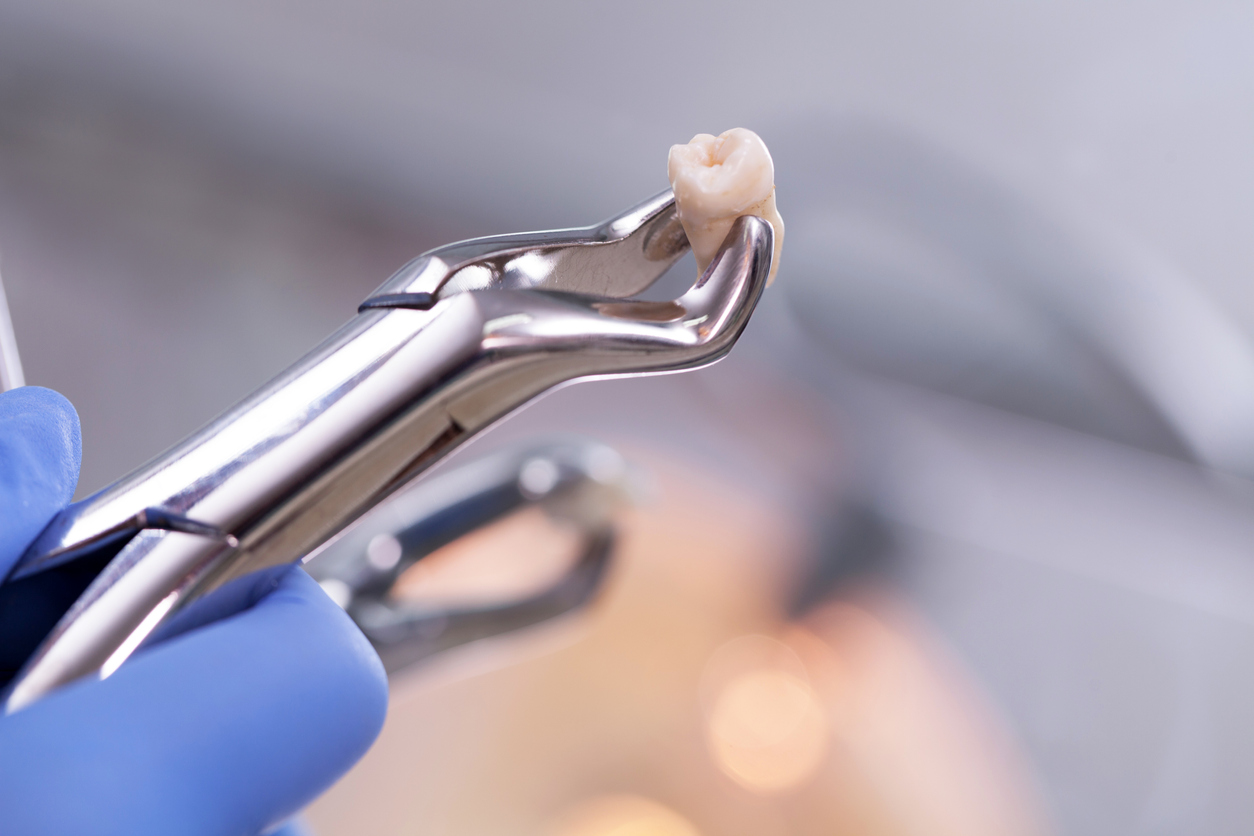A majority of people dread visiting the dentist, especially when it comes to wisdom teeth removal. For some, the fear comes from the sound of dental equipment from the dentist office. Some fear the injections from the dental technician while others just have an irrational fear with everything to do with teeth removal and a dental office. However, for most people, the fear comes since they do not know what to expect during the procedure. This article takes a look at the wisdom teeth removal procedure as well as possible complications.
Wisdom Teeth Removal Procedure
Wisdom teeth procedure can be carried out by a regular dentist or a dental surgeon. Regardless, these are the steps that will be followed during the treatment.
- X-ray

Once your dentist has recommended wisdom teeth removal for you, the next step is taking an x-ray. This will help determine the shape and position of your teeth and will let your dentist know who will perform the procedure.
- Anaesthesia
Before the process can start, you will receive oral anaesthesia to numb the surrounding area. If you are anxious about the procedure, your dentist will give you sedatives to help you relax. General anaesthesia is rare during wisdom teeth removal, but it is normally administered to extremely anxious patients.
- Tissue Removal
If the tooth has not come through the gum, the dentist will make a small incision to access it. The dentist will use some surgical instruments to push the gum out of the way.
- Bone Removal
The chances are that the bone might cover the wisdom teeth. In such an occurrence, the dentist will use a high-speed handpiece to drill through and access the tooth.
- Loosening the Sectioning of the Tooth
Once the wisdom teeth are visible to the dentist, he/she will use some surgical instruments to loosen the tooth. The same procedure applies to any tooth that has already erupted. Also, depending on the position of the tooth, the dentist may choose to cut it into sections to prevent it from breaking before it is extracted.
- Stitches
Once the tooth has been removed, the dentist will now use stitches to close up the area.
Possible Complications during Wisdom Teeth Removal
- Alveolar Osteitis (Dry Socket)
After wisdom teeth removal procedure, a blood clot forms on the site as a normal part of the healing process. However, a condition known as dry socket may develop if the blood clot is dislodged. Dry socket can occur 3 to 5 days after the procedure.
- Paresthesia
A section of patients can also be affected by paresthesia. This is a condition that occurs if a nerve closest to the root gets damaged or bruised. The condition can result in temporary loss of feeling to the tongue, upper or lower jaw. This means that you will be unable to feel touch, pain, or sensitivity to changes in temperature.
Bottom Line
Wisdom teeth removal procedure can scare people and make them avoid visiting the dentist at all. However, that should not be the case since the procedure does not have to be painful. Talk to our dentist at Carrum Downs Dental Group, and we will apply different methods to make the process as painless and comfortable as possible. Also, our dentists are well qualified, and thus, chances of any possible complications are almost zero.
Related Posts
Facts you need to know about Wisdom Tooth Extraction
What To Do with Decayed Wisdom Tooth?
Delaying Wisdom Tooth Extraction Can Lead To…
Why Do We Have Wisdom Teeth? Issues And Solutions


